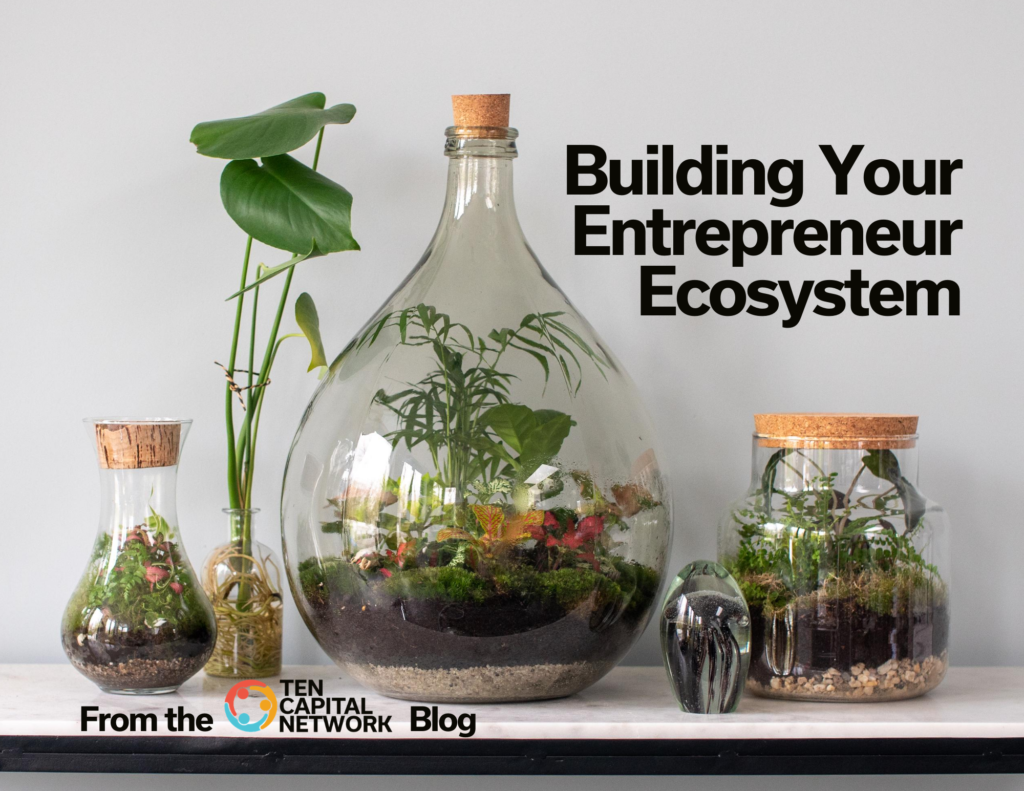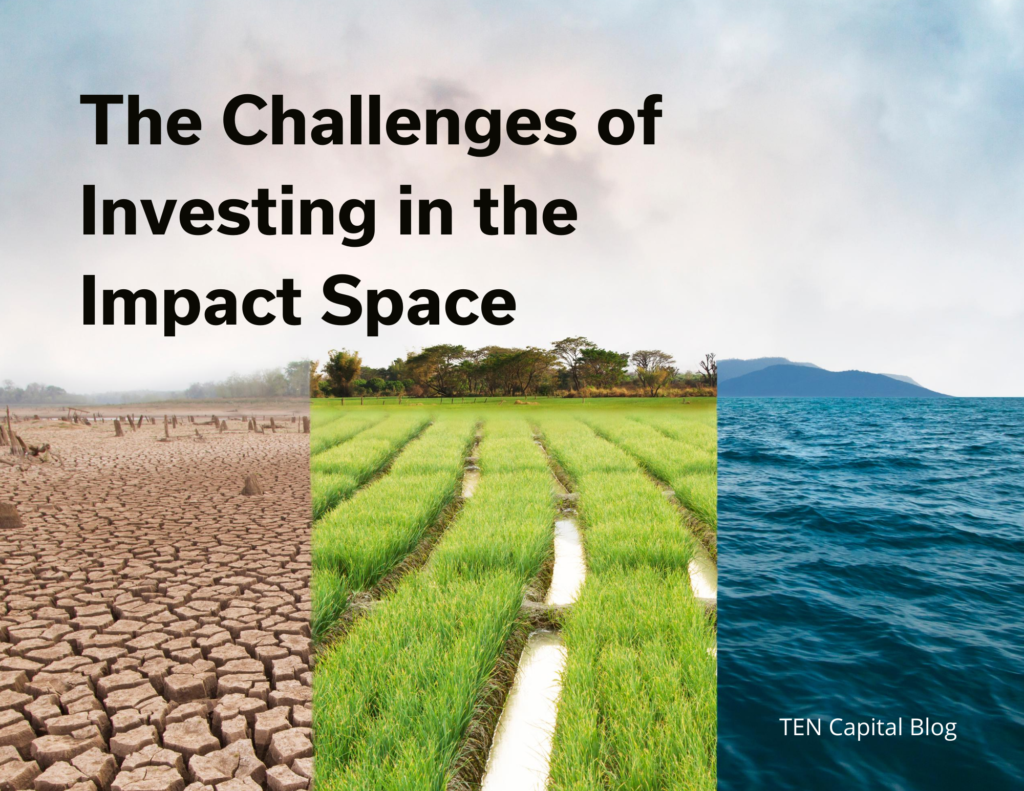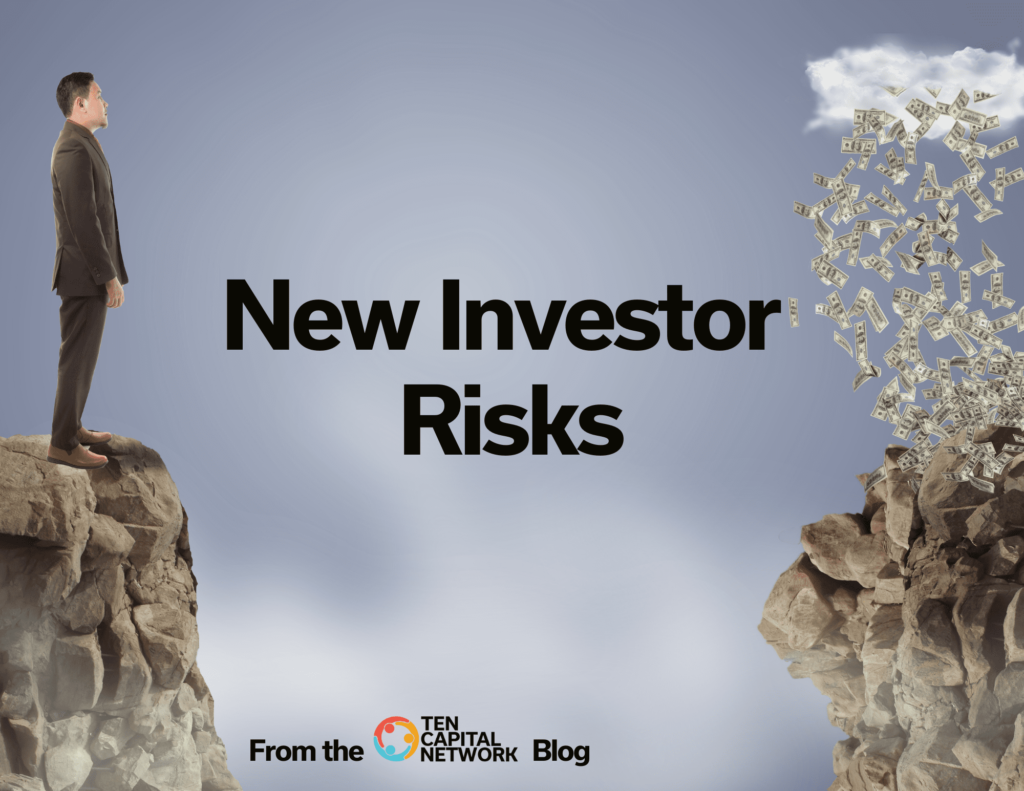Building your Entrepreneur Ecosystem
2 min read Building your Entrepreneur Ecosystem Your Checklist on how to build an Entrepreneur Ecosystem in your Area Startups need networking, mentoring, and funding. A robust entrepreneur ecosystem fosters connections between the startup and a network of providers, mentors, and investors. Each type of startup: high-growth, tech, consumer product-related, healthcare, etc., will need …



